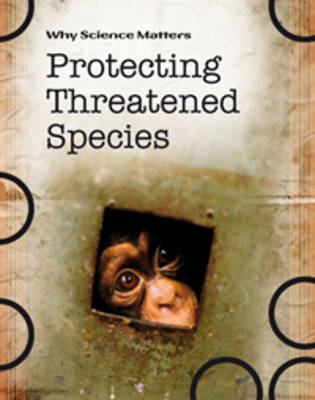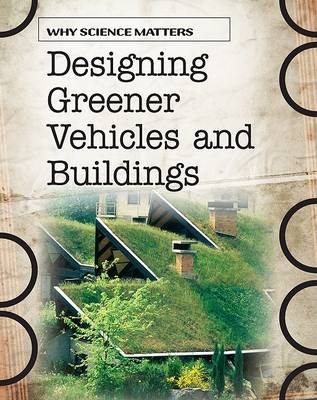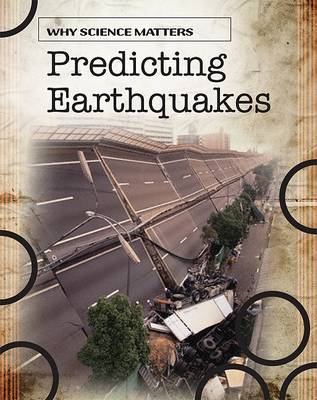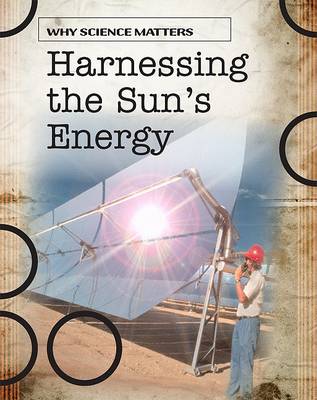Why Science Matters
5 total works
What is the Red List? Should wolves be re-introduced where people live? Can embryo implantation help threatened species? The 'Why Science Matters' series demonstrates how the science we learn at school is important in every aspect of our everyday lives. Using case studies and investigations, the series describes the development of science and technologies that can improve our lives – or lead to new scientific challenges and controversies. In 'Protecting Threatened Species', we find out how a significant proportion of the world’s wildlife is under threat and about the efforts being made to preserve habitats and species. We learn how scientists monitor and analyze threatened populations, how they manage conservation programs, and we look at the range of technologies available in the fight to prevent species becoming extinct.
Why do we need greener buildings? What is a carbon footprint? How can computer-aided design help reduce our energy use? The 'Why Science Matters' series demonstrates how the science we learn at school is important in every aspect of our everyday lives. Using case studies and investigations, the series describes the development of science and technologies that can improve our lives - or lead to new scientific challenges and controversies. 'Designing Greener Vehicles and Buildings' investigates how our transport systems and buildings affect the environment. We find out about energy transfers, the importance of renewable building resources and energy sources, and the science behind solar panels and hybrid fuel cars. And we learn about the cutting-edge innovations in architecture and vehicle design that will help us to reduce our energy.
How do seismic waves travel through rock? How can satellites help with earthquake prediction? The 'Why Science Matters' series demonstrates how the science we learn at school is important in every aspect of our everyday lives. Using case studies and investigations, the series describes the development of science and technologies that can improve our lives - or lead to new scientific challenges and controversies. In 'Predicting Earthquakes', we learn about the structure of Earth and how earthquakes happen. We find out about faults and epicentres, the science behind seismographs, and the role of earthquakes in causing tsunamis. We also find out about the challenging tasks of anticipating movements in Earth's crust.
Why is the Sun vital to life on Earth? How does the Sun affect our weather and ocean currents? Can science solve the problems of fossil fuel shortages and climate change? The 'Why Science Matters' series demonstrates how the science we learn at school is important in every aspect of our everyday lives. Using case studies and investigations, the series describes the development of science and technologies that can improve our lives - or lead to new scientific challenges and controversies. In 'Harnessing the Sun's Energy', we find out how the enormous power of the Sun can be used to meet the world's growing energy needs. We find out about the significance of energy transfers and the role of sunlight in food chains and webs, and examples of new technologies that can provide us with environmentally-sound energy.
Why Science Matters Pack B of 6
by John Farndon, John Coad, Ann Fullick, Andrew Solway, and Sally Morgan
Published 20 October 2008
Why Science Matters is a series for pupils at Key Stage 3, illustrating the relevance of science to our everyday lives. The series relates what is learnt in school to real-world examples that are familiar or accessible to readers to facilitate comprehension of the curriculum, while also provoking discussion of topical issues, from the environment to medical research.




